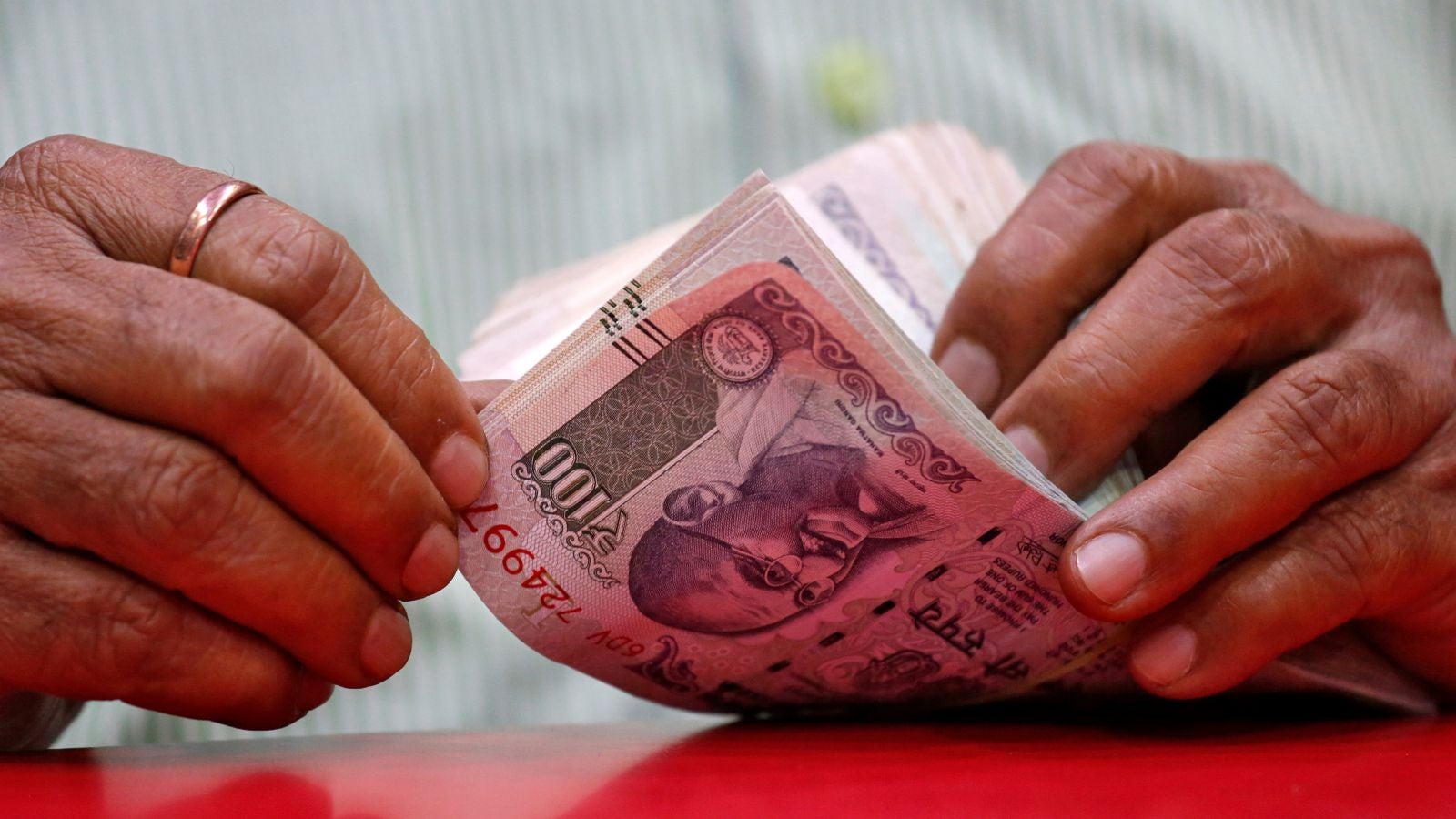You thought 2018 was bad for the rupee? Just wait for 2019
The Indian rupee has had a terrible year so far—but it is only likely to get worse.


The Indian rupee has had a terrible year so far—but it is only likely to get worse.
The 2019 general elections may drag down the currency even further, warns global financial services firm Nomura.
“The key risks (to the rupee) stem from the government turning more populist ahead of the 2019 general elections (worsening domestic fundamentals) and a sharper-than-expected domestic growth slowdown (triggering equity outflows),” the company said in a research report released today (Sept. 10).
The Narendra Modi government’s term is scheduled to end in May 2019 and the weakening rupee has already become a political issue. Over 20 opposition parties, led by the Indian National Congress, have called for a nation-wide strike today to protest the currency’s depreciation and a lack of government intervention to stem the fall.
This year, Asia’s worst-performing currency has already lost 12% of its value. On Sept. 10, it plummeted to a new low, crossing the Rs72.50 per dollar mark, for the first time ever.
All fall down
Currencies of other emerging economies, too, have been sliding, putting more pressure on the rupee.
Seven countries, including India’s neighbouring nations Pakistan and Sri Lanka, are vulnerable to an exchange rate crisis in the next 12 months, warns Nomura. Others include South Africa, Argentina, Egypt, Turkey, and Ukraine. On the other hand, India remains vulnerable, not fragile, the report said.
The crisis in Turkey—the lira has weakened by over 40% this year—has already taken a toll on the rupee and other emerging economy currencies. Rising global crude oil prices, the increasing current account deficit, and trade sanctions imposed by the US government on countries like China have been contributing to the fall. In August, India’s central bank had also warned that the global economies are at the start of a currency war, spooked the currency further.
Clearly, this doesn’t augur well for the country’s economy or companies.
“A sustained weakening of the rupee would be credit negative for its rated Indian companies, particularly those that generate revenue in rupees but rely on US dollar debt to fund their operations and have significant dollar-based costs, including capital expenses,” according to a Sept. 10 report by credit rating agency Moody’s.